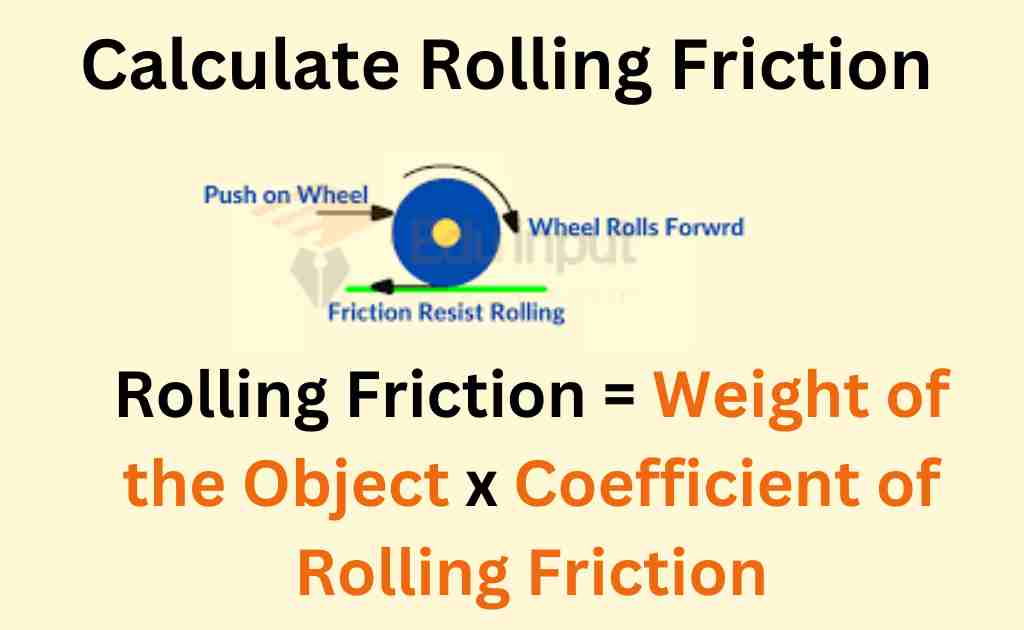Rocket Propulsion | Principle and Types of Rocket Engine
Rocket propulsion can be described as the force with which a rocket flies from the ground to the atmosphere. Rocket Propulsion obeys newton’s third law of motion.
Download the pdf notes of Rocket Propulsion, Principle, and Types of Rocket Engine class 11 Physics
Principle of Rocket Propulsion
The propulsion of jet aircraft, rockets, and missile-type weapons depends on the application of momentum principles and the law of action and reaction. The motion of a rocket is projectile motion.

Rockets move by expelling burning gases through engines at their back. The ignited fuel turns into a high-pressure gas which is expelled with very high velocity from the jet engines.
The rocket gains momentum equal to the momentum of the gas expelled from the engine but in opposite direction. The rocket engines continue to expel gases after the rocket has begun moving and hence rocket continues to gain more and more momentum.
So instead of traveling at a steady speed, the rocket gets faster and faster so long as the engines are operating.
Rocket Fuel
A rocket carries its own fuel in the form of a liquid or solid and oxygen. It can, therefore, work at great heights where very little or no air is present.
In order to provide enough upward thrust to overcome gravity, a typical rocket consumes about 10000 kgs-1 of fuel. Rocket ejects the burnt gases at speed of over 4000 ms¹.
In effect, more than 80% of the launch mass of a rocket consists of fuel only.
One way to overcome the problem of the mass of fuel is to make the rocket from several rockets linked together. When one rocket has done its job, it is discarded leaving others to carry the spacecraft further up at ever greater speed.
Types of rocket engine
- Liquid-fuel engine
- Solid-fuel engine
In a liquid-fuel rocket, the Propellants, fuels, and oxidizers are stored separately as liquids and pumped into the combustion chamber of the nozzle where combustion takes place.

In solid-fuel rockets, propellants are mixed and packed into solid cylinders. Propellant does not burn under normal temperature conditions. However, it burns when exposed to the heat source provided by the igniter.
Once combustion begins, it continues until all propellants have been exhausted.
Difference between solid fuel and liquid fuel engine
With liquid rockets, you can stop the boost by stopping the flow of fuel. However, solid-fuel rockets require the casing to be destroyed in order to stop the motor. Liquid rockets tend to be heavier and more complex due to pumps and storage tanks.
The propellant will be loaded onto the rocket just before launch. Solid fuel rockets are much easier to handle and can sit for years before launching.
Acceleration of rockets:
If m is the mass of the gases ejected per second with velocity v relative to the rocket. The change in momentum per second of the ejecting gases is mv.
This equals the thrust produced by an engine on the body of a rocket. So the acceleration of the rocket is given by;
F=ΔP/t=mΔv/t
F=m (v-0)/t
where F=Ma, t=1 sec
Ma=mv
A=mv/M
Where ‘M’ is the mass of the rocket. When the fuel in the rocket is burned and ejected, the mass of the rocket decreases, and hence acceleration increases.
Frequently Asked Questions-FAQs
What is rocket propulsion?
The force that is used by the rocket to take off from the ground and into the atmosphere is defined as rocket propulsion.
Newton’s third law of motion is the basis of the principle on which rocket propulsion works. There is an equal and opposite reaction when the fuel is forcibly ejected from the exit.
How does a rocket propulsion system work?
In a rocket engine, fuel and a source of oxygen, called an oxidizer, are mixed and exploded in a combustion chamber. The hot exhaust from the combustion is passed through a nozzle to accelerate the flow and produce thrust.
What causes a rocket to fly?
Rockets burn fuel in the same way as most engines. The fuel is turned into hot gas by the rocket engines. The gas is pushed out of the engine by the engine. The rocket moves forward with the help of gas.
What fuel is used in rockets?
Liquid hydrogen yields the highest specific impulse, or efficiency, in relation to the amount of propellant consumed when it is combined with an oxidizer such as liquid oxygen.







Leave a Reply